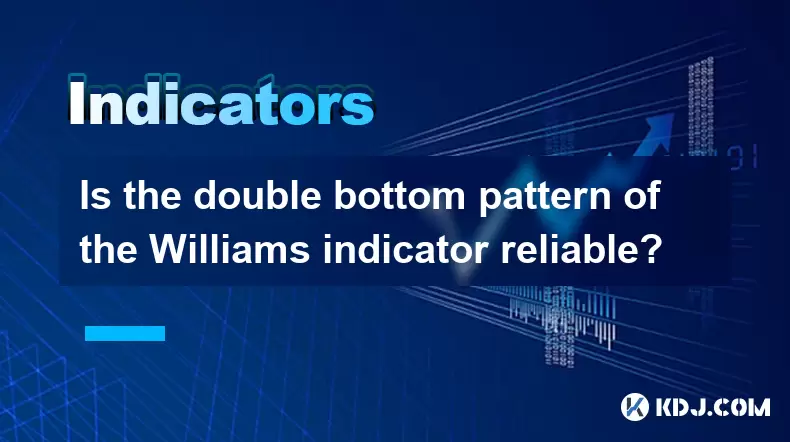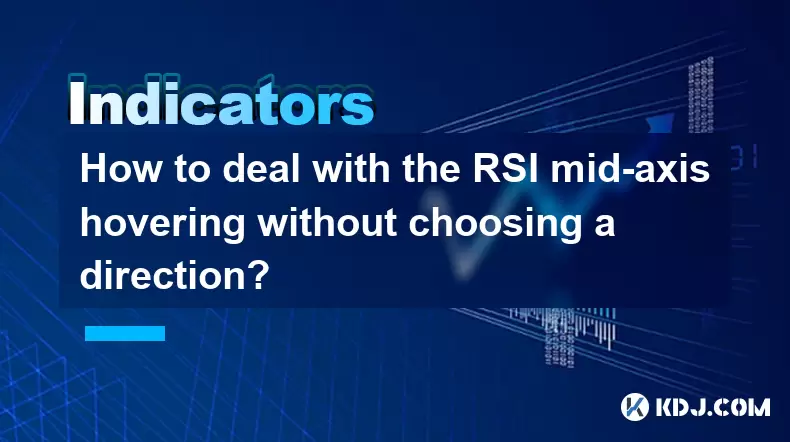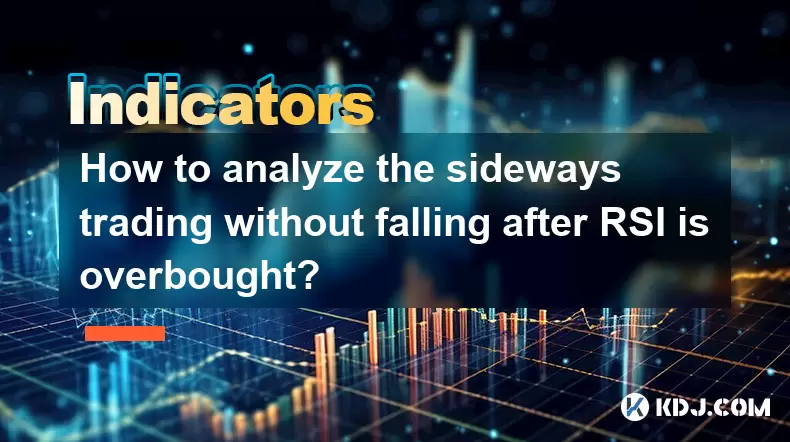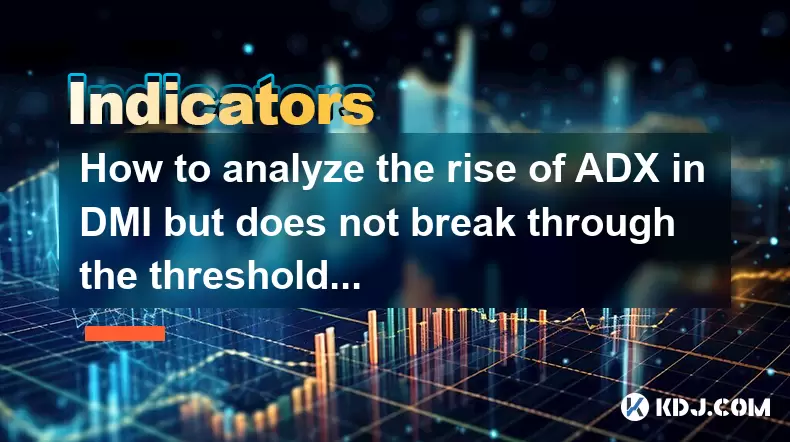-
 Bitcoin
Bitcoin $106,754.6083
1.33% -
 Ethereum
Ethereum $2,625.8249
3.80% -
 Tether USDt
Tether USDt $1.0001
-0.03% -
 XRP
XRP $2.1891
1.67% -
 BNB
BNB $654.5220
0.66% -
 Solana
Solana $156.9428
7.28% -
 USDC
USDC $0.9998
0.00% -
 Dogecoin
Dogecoin $0.1780
1.14% -
 TRON
TRON $0.2706
-0.16% -
 Cardano
Cardano $0.6470
2.77% -
 Hyperliquid
Hyperliquid $44.6467
10.24% -
 Sui
Sui $3.1128
3.86% -
 Bitcoin Cash
Bitcoin Cash $455.7646
3.00% -
 Chainlink
Chainlink $13.6858
4.08% -
 UNUS SED LEO
UNUS SED LEO $9.2682
0.21% -
 Avalanche
Avalanche $19.7433
3.79% -
 Stellar
Stellar $0.2616
1.64% -
 Toncoin
Toncoin $3.0222
2.19% -
 Shiba Inu
Shiba Inu $0.0...01220
1.49% -
 Hedera
Hedera $0.1580
2.75% -
 Litecoin
Litecoin $87.4964
2.29% -
 Polkadot
Polkadot $3.8958
3.05% -
 Ethena USDe
Ethena USDe $1.0000
-0.04% -
 Monero
Monero $317.2263
0.26% -
 Bitget Token
Bitget Token $4.5985
1.68% -
 Dai
Dai $0.9999
0.00% -
 Pepe
Pepe $0.0...01140
2.44% -
 Uniswap
Uniswap $7.6065
5.29% -
 Pi
Pi $0.6042
-2.00% -
 Aave
Aave $289.6343
6.02%
How to judge the direction by combining volume after the appearance of the cross star?
The cross star pattern in crypto trading signals indecision, and when combined with high volume, it can indicate a potential trend reversal or continuation.
Jun 17, 2025 at 12:21 am

Understanding the Cross Star Pattern in Cryptocurrency Trading
In cryptocurrency trading, candlestick patterns play a crucial role in technical analysis. One such pattern is the cross star, which often signals market indecision. The cross star typically appears as a candle with a small body and long upper and lower shadows, indicating that neither buyers nor sellers could gain control during that period. This pattern can occur at key price levels and may precede a significant trend reversal or continuation.
Traders must understand how to interpret the cross star in conjunction with volume to make informed decisions. Volume provides context to price action, helping traders determine the strength behind a potential move. When analyzing a cross star, pay close attention to the volume accompanying the formation and what follows in subsequent candles.
Interpreting Volume After a Cross Star Appears
When a cross star forms on the chart, the next step is to examine the volume associated with it. High volume during the formation of the cross star suggests strong participation from market participants. If the cross star appears after a prolonged uptrend and is accompanied by high volume, it may signal that selling pressure is increasing, potentially leading to a downtrend. Conversely, if the cross star occurs after a downtrend with high volume, it might indicate buying interest is emerging.
Low volume during the formation of the cross star implies weak conviction among traders. In such cases, the pattern may not lead to a significant trend change and could instead result in consolidation or sideways movement. Therefore, volume acts as a confirmation tool for the implications of the cross star.
Analyzing the Following Candles for Confirmation
To determine the direction after a cross star, traders should look at the candles that follow. A strong bullish candle closing above the high of the cross star with increasing volume confirms an upward move. This scenario indicates that buyers have taken control and are pushing prices higher. On the other hand, a bearish candle closing below the low of the cross star with rising volume supports a downward trend.
It's essential to monitor both the price action and volume of these subsequent candles. If the breakout candle forms with high volume, it reinforces the validity of the new trend. However, if the breakout lacks volume, it may be a false signal, and traders should wait for further confirmation before entering a position.
Using Support and Resistance Levels for Context
Support and resistance levels add another layer of context when evaluating the cross star and volume. If a cross star forms near a key support level with rising volume, it increases the likelihood of a bounce or reversal to the upside. Similarly, a cross star appearing at a strong resistance zone with high volume could suggest that the price will decline.
Traders should draw horizontal lines at previous swing highs and lows to identify these levels. Additionally, Fibonacci retracement levels and moving averages can help pinpoint areas where the cross star may carry more significance. By combining these tools with volume analysis, traders can enhance their decision-making process.
Applying This Strategy in Real Trading Scenarios
Let’s walk through a practical example using Bitcoin (BTC) on a 4-hour chart:
- BTC has been in a downtrend and reaches a previous support level.
- A cross star forms at this level with above-average volume, suggesting increased buyer interest.
- The following candle closes above the cross star’s high with rising volume, confirming a potential reversal.
- Traders can enter a long position here, placing a stop loss just below the cross star’s low.
- As the price continues to rise, volume remains elevated, reinforcing the strength of the move.
This approach helps traders avoid false breakouts and improves the probability of successful trades. It's important to practice this strategy on historical charts before applying it in live markets.
Frequently Asked Questions
Q: Can the cross star pattern appear on all timeframes?
Yes, the cross star can form on any timeframe, from 1-minute charts to weekly charts. However, its reliability increases on higher timeframes like the 4-hour or daily charts due to stronger market participation.
Q: What distinguishes a cross star from a doji?
A cross star is essentially a type of doji with long upper and lower shadows. While all cross stars are dojis, not all dojis are cross stars. Some dojis, like the dragonfly or gravestone, have only one long shadow.
Q: How does volume impact the accuracy of the cross star?
Volume plays a critical role in validating the cross star. High volume during or after the pattern increases the likelihood of a genuine reversal or continuation, while low volume often leads to inconclusive outcomes.
Q: Should I trade based solely on the cross star and volume?
No single indicator or pattern guarantees success. The cross star and volume should be used alongside other technical tools such as trendlines, moving averages, and support/resistance zones to improve accuracy.
Disclaimer:info@kdj.com
The information provided is not trading advice. kdj.com does not assume any responsibility for any investments made based on the information provided in this article. Cryptocurrencies are highly volatile and it is highly recommended that you invest with caution after thorough research!
If you believe that the content used on this website infringes your copyright, please contact us immediately (info@kdj.com) and we will delete it promptly.
- 2025-W Uncirculated American Gold Eagle and Dr. Vera Rubin Quarter Mark New Products
- 2025-06-13 06:25:13
- Ruvi AI (RVU) Leverages Blockchain and Artificial Intelligence to Disrupt Marketing, Entertainment, and Finance
- 2025-06-13 07:05:12
- H100 Group AB Raises 101 Million SEK (Approximately $10.6 Million) to Bolster Bitcoin Reserves
- 2025-06-13 06:25:13
- Galaxy Digital CEO Mike Novogratz Says Bitcoin Will Replace Gold and Go to $1,000,000
- 2025-06-13 06:45:13
- Trust Wallet Token (TWT) Price Drops 5.7% as RWA Integration Plans Ignite Excitement
- 2025-06-13 06:45:13
- Ethereum (ETH) Is in the Second Phase of a Three-Stage Market Cycle
- 2025-06-13 07:25:13
Related knowledge

How to confirm the effectiveness of the average price line support in the time-sharing chart?
Jun 17,2025 at 12:56am
Understanding the Time-Sharing Chart and Its RelevanceIn cryptocurrency trading, time-sharing charts play a crucial role in analyzing short-term price movements. These charts typically display price fluctuations over a specific period, often ranging from minutes to hours. Traders rely on them to make quick decisions based on real-time data. The average ...

What does it mean when the momentum indicator breaks above the zero axis?
Jun 17,2025 at 12:43am
Understanding the Momentum IndicatorThe momentum indicator is a technical analysis tool used to measure the speed or velocity of price movements in cryptocurrency markets. It helps traders identify potential trend reversals, overbought or oversold conditions, and confirms existing trends. The indicator typically oscillates around a zero line, with value...

Is the double bottom pattern of the Williams indicator reliable?
Jun 17,2025 at 03:56am
Understanding the Williams Indicator and Its SignificanceThe Williams %R indicator, often referred to as Williams Percent Range, is a momentum oscillator used in technical analysis to identify overbought or oversold conditions in the market. Developed by Larry Williams, this indicator fluctuates between 0 and -100, with readings above -20 indicating ove...

How to deal with the RSI mid-axis hovering without choosing a direction?
Jun 17,2025 at 02:02am
Understanding RSI Mid-Axis Hovering in Cryptocurrency TradingThe Relative Strength Index (RSI) is a popular momentum oscillator used by traders to assess whether an asset is overbought or oversold. In cryptocurrency markets, it's common for the RSI to hover around its mid-axis, typically at the 50 level, without showing a clear upward or downward trend....

How to analyze the sideways trading without falling after RSI is overbought?
Jun 17,2025 at 04:14am
Understanding RSI and Its Role in Cryptocurrency TradingThe Relative Strength Index (RSI) is a momentum oscillator used to measure the speed and change of price movements. In the context of cryptocurrency trading, it helps traders identify potential overbought or oversold conditions. When the RSI exceeds 70, it typically signals that an asset may be ove...

How to analyze the rise of ADX in DMI but does not break through the threshold?
Jun 16,2025 at 11:49pm
Understanding ADX and DMI in Cryptocurrency TradingIn cryptocurrency trading, ADX (Average Directional Index) is a technical indicator used to measure the strength of a trend. It works in conjunction with the DMI (Directional Movement Indicator), which includes two components: +DI (Positive Directional Indicator) and -DI (Negative Directional Indicator)...

How to confirm the effectiveness of the average price line support in the time-sharing chart?
Jun 17,2025 at 12:56am
Understanding the Time-Sharing Chart and Its RelevanceIn cryptocurrency trading, time-sharing charts play a crucial role in analyzing short-term price movements. These charts typically display price fluctuations over a specific period, often ranging from minutes to hours. Traders rely on them to make quick decisions based on real-time data. The average ...

What does it mean when the momentum indicator breaks above the zero axis?
Jun 17,2025 at 12:43am
Understanding the Momentum IndicatorThe momentum indicator is a technical analysis tool used to measure the speed or velocity of price movements in cryptocurrency markets. It helps traders identify potential trend reversals, overbought or oversold conditions, and confirms existing trends. The indicator typically oscillates around a zero line, with value...

Is the double bottom pattern of the Williams indicator reliable?
Jun 17,2025 at 03:56am
Understanding the Williams Indicator and Its SignificanceThe Williams %R indicator, often referred to as Williams Percent Range, is a momentum oscillator used in technical analysis to identify overbought or oversold conditions in the market. Developed by Larry Williams, this indicator fluctuates between 0 and -100, with readings above -20 indicating ove...

How to deal with the RSI mid-axis hovering without choosing a direction?
Jun 17,2025 at 02:02am
Understanding RSI Mid-Axis Hovering in Cryptocurrency TradingThe Relative Strength Index (RSI) is a popular momentum oscillator used by traders to assess whether an asset is overbought or oversold. In cryptocurrency markets, it's common for the RSI to hover around its mid-axis, typically at the 50 level, without showing a clear upward or downward trend....

How to analyze the sideways trading without falling after RSI is overbought?
Jun 17,2025 at 04:14am
Understanding RSI and Its Role in Cryptocurrency TradingThe Relative Strength Index (RSI) is a momentum oscillator used to measure the speed and change of price movements. In the context of cryptocurrency trading, it helps traders identify potential overbought or oversold conditions. When the RSI exceeds 70, it typically signals that an asset may be ove...

How to analyze the rise of ADX in DMI but does not break through the threshold?
Jun 16,2025 at 11:49pm
Understanding ADX and DMI in Cryptocurrency TradingIn cryptocurrency trading, ADX (Average Directional Index) is a technical indicator used to measure the strength of a trend. It works in conjunction with the DMI (Directional Movement Indicator), which includes two components: +DI (Positive Directional Indicator) and -DI (Negative Directional Indicator)...
See all articles

























































































